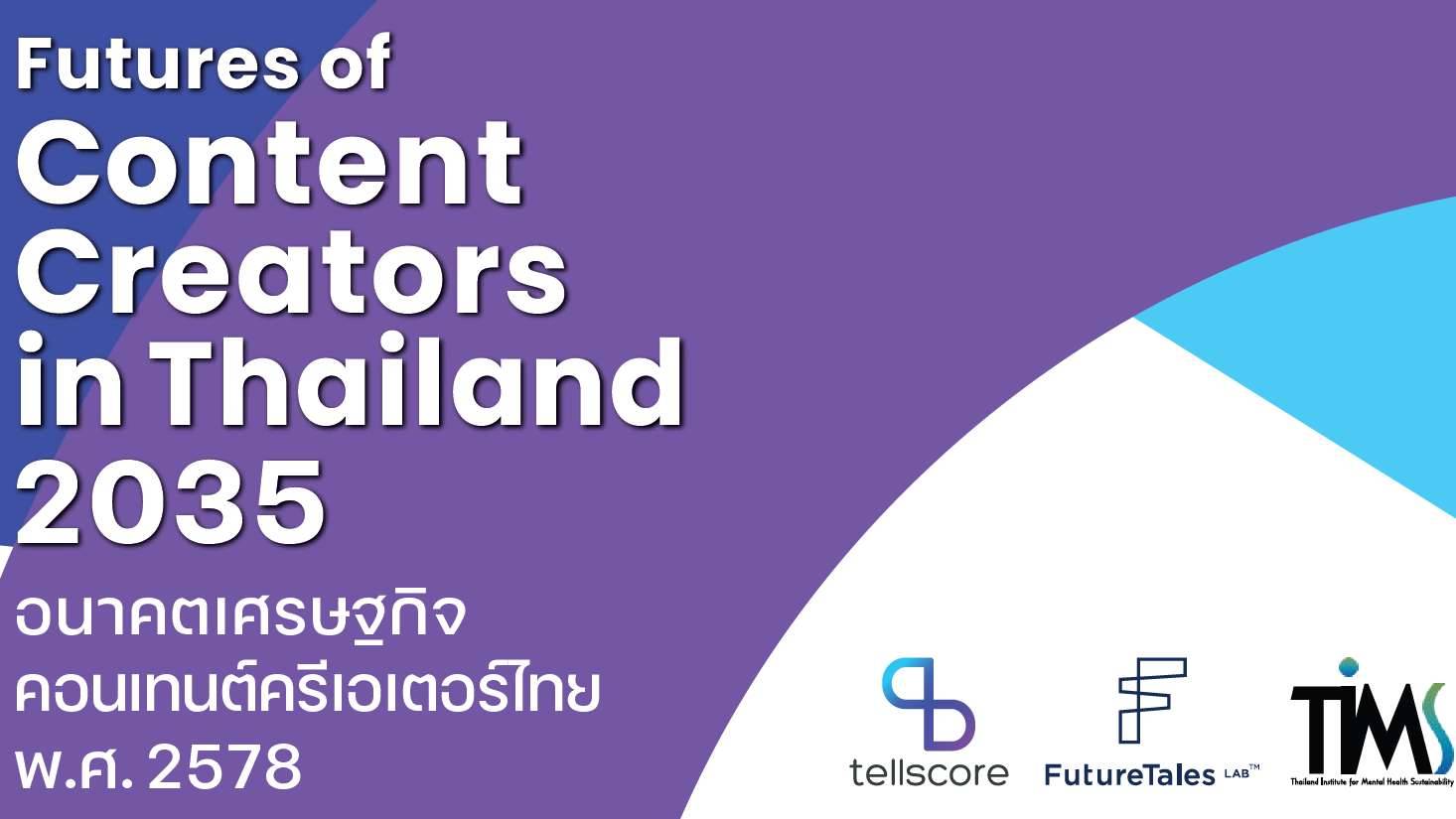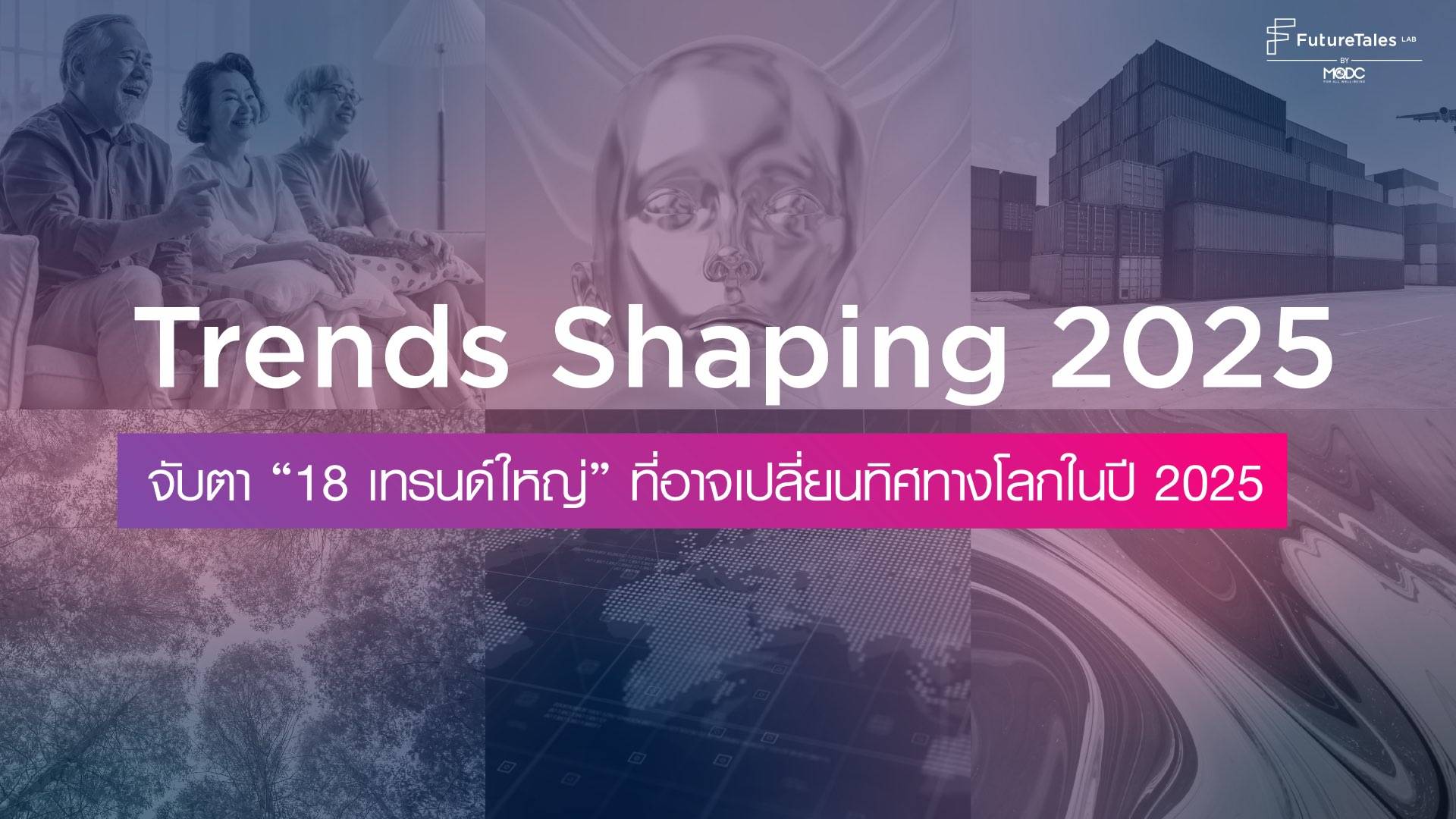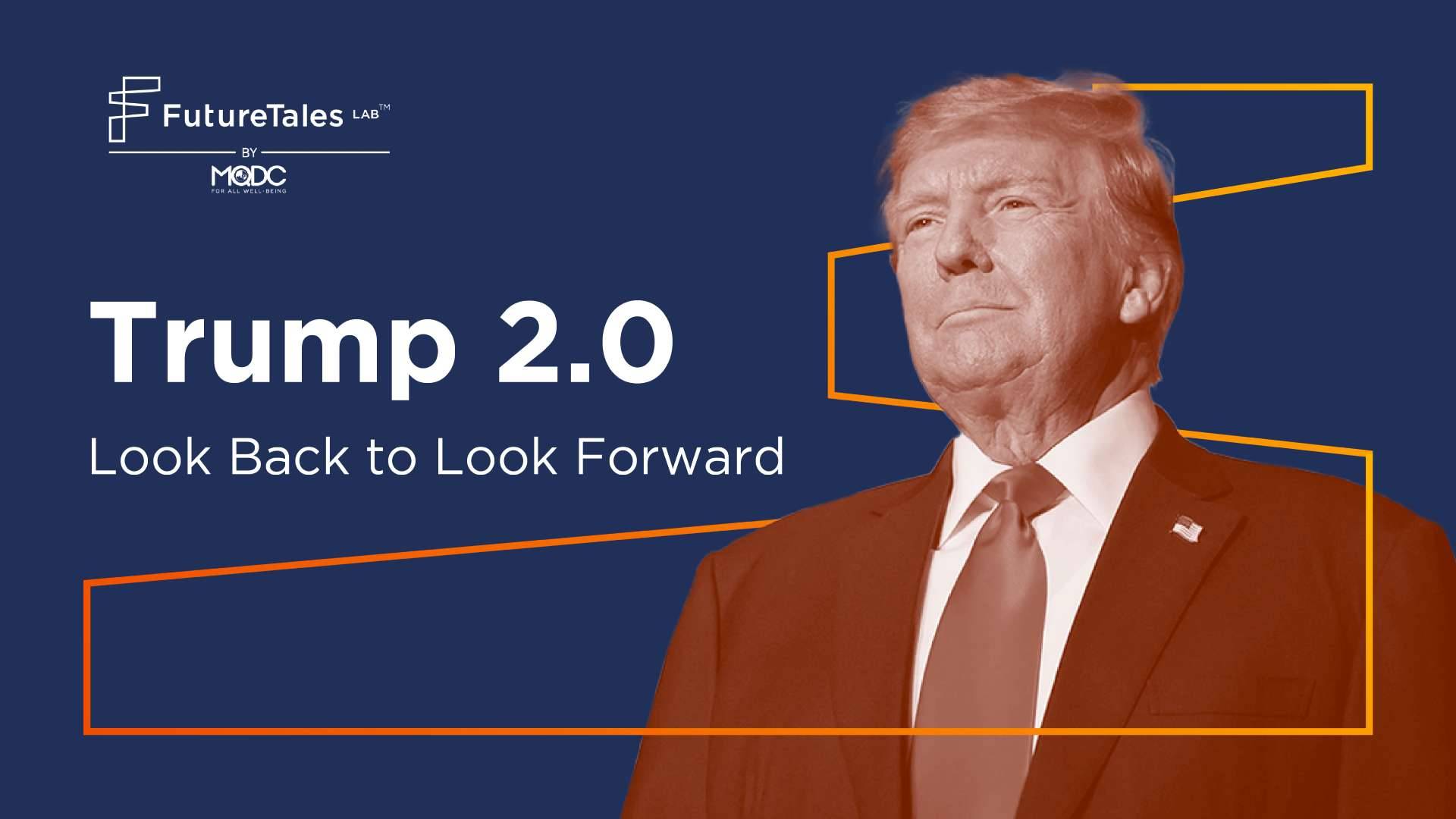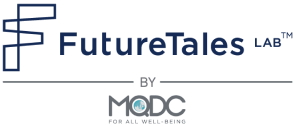
Personalized Health Insurance
ARTICLES | Nov 16, 2022
Writer: Nuttawut Kulkaew
Editor: Wittaya Wonglor
The health insurance market is expected to grow to $3 trillion by 2028 at a 5.5% annual growth rate from $2 trillion in 2021.
As consumers seek a personalized experience, technology to support the sector or Insurtech will play a greater role bringing a new global economy in the age of data colonization.
The challenge of rising medical fees has expanded options for affordable and effective telemedicine services. There is a need for convenient, fast, and affordable insurance that meets the needs of daily life. This service could be connected to or within the banking application consumers already use. Or a health app could alert you via your mobile phone or smart watch. Results and commands by voice and health consultation would be combined. There are also new business models related to health insurance, such as free services and premium options (Freemium to Premium), Mobile Healthcare, Peer-to-peer Insurance (P2P), mobile phone insurance, health insurance technology platforms, critical care, health plans, payer-care provider collaboration, direct primary care plans.
Many technologies and operational frameworks therefore play a greater role in co-designing individual health insurance plans, such as micro-insurance plans (3%), blockchain (4%), P2P (4%), robo-advisory (10%), gamification (10%), IoT (12%), usage-based insurance (13%), and the use of Big Data and Machine Learning (14%). Collected data are analyzed and processed to present health insurance plans and other products to customers. On the customer side, there is an expectation that the company will make the best use of such information to meet needs that even the customers themselves may not be aware of, including confidentiality and other aspects such as alerting and forecasting health situations.
Implications for the future:
-The future of the personalized health insurance industry will be designed and executed by large capital consortiums that can create a comprehensive journey of experiences, products, and services for customers.
- Individual health insurance may be restricted to high-income or privileged people in the public health sector. Low-income individuals may lack access to such services, causing disparities in health services
Reference:
- https://www.strimgroup.com/en/blog/business-model-insurance-3/
- https://www.simplesolve.com/blog/disruptive-innovation-in-insurance-industry
- https://www.revechat.com/blog/insurance-ai/
- https://www.allianzcare.com/en/employers/employer-blogs/2020/12/future-health-insurance.html
- Now is the time for traditional insurance companies to embrace innovation https://venturebeat.com/datadecisionmakers/now-is-the-time-for-traditional-insurance-companies-to-embrace-innovation/
- Technology and innovation in the insurance sector https://www.oecd.org/pensions/Technology-and-innovation-in-the-insurance-sector.pdf
- Insurtech https://www.investopedia.com/terms/i/insurtech.asp
- Freemium model คืออะไร มีข้อดีข้อเสียอย่างไร ทำไมถึงเป็นโมเดลธุรกิจยุคใหม่ที่ได้รับความนิยม https://adaddictth.com/knowledge/Freemium-model
Want to know more about us? Click https://www.facebook.com/FutureTalesLABbyMQDC or follow at https://www.blockdit.com/futuretaleslab











